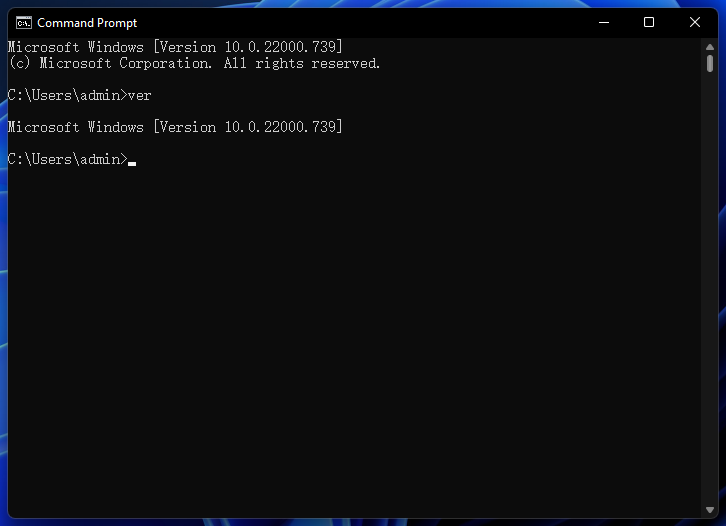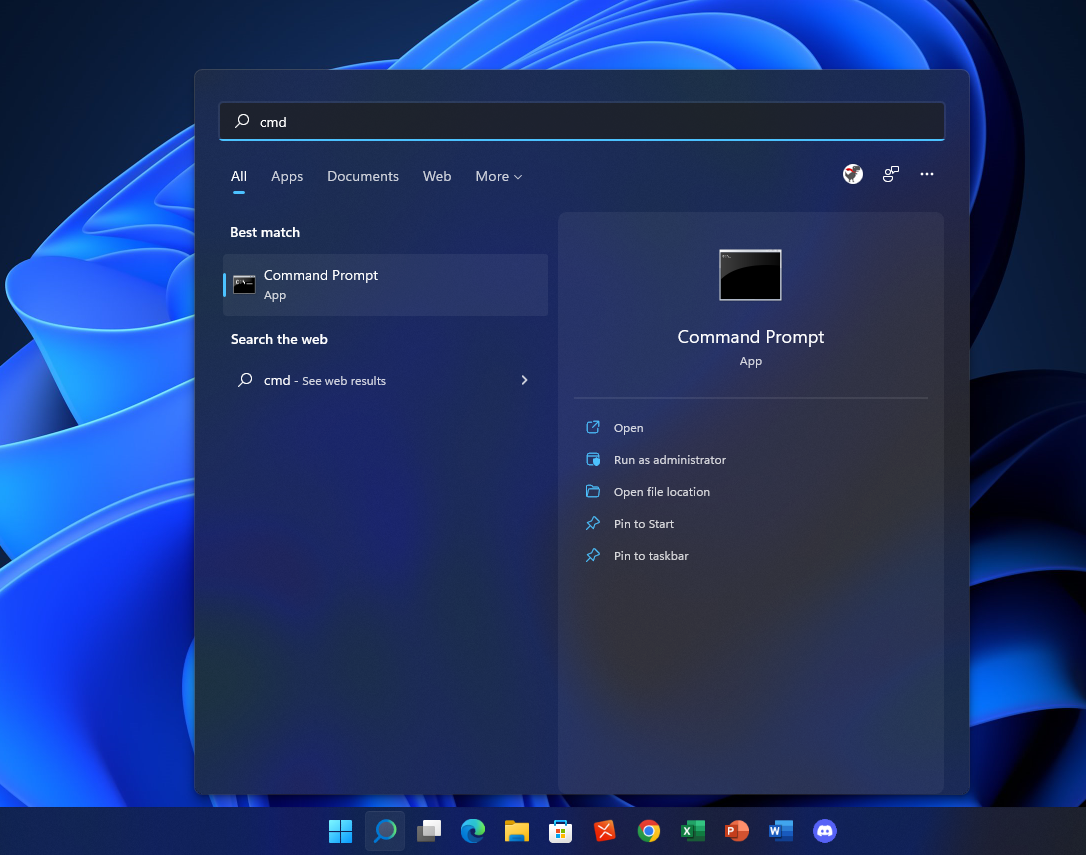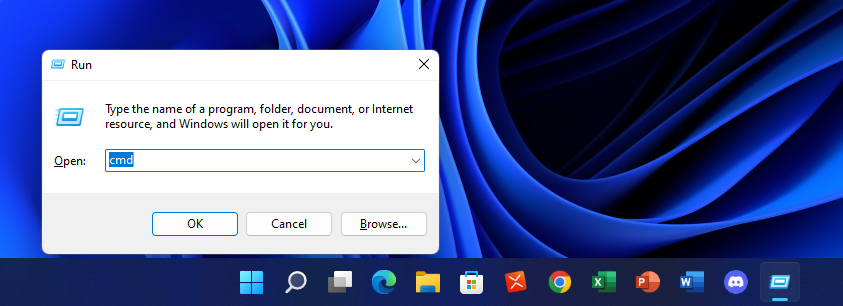The Windows command line is a powerful tool that can be used for a variety of tasks. From basic tasks like managing files and directories to more advanced tasks like scripting and automation, the command line can help you do just about anything. This article will guide you on opening the Windows command prompt and provide you with the Windows command line cheat sheet.

What is Windows command line?
The windows command line is a text-based interface that allows you to execute commands on your computer. Often referred to as the "command prompt" or simply "prompt," the command line provides a text-based interface for issuing commands and controlling your computer. You can perform all sorts of tasks using the command line, from launching programs to accessing system settings. While the command line may seem daunting at first, it's actually quite easy to use. With a bit of practice, you can quickly learn how to use the windows command prompt to manage your computer more efficiently.
How do I open a command line in Windows?
Opening the command line in Windows is a simple process. First, open the Start menu by clicking the Start button or pressing the Windows key. Then, type "cmd" into the search box and press Enter. This will open the Windows Command Prompt. From here, you can type any commands you wish to execute.

Alternatively, you can also press the "Windows key + R" on your keyboard. This will open the "Run" dialog box. Type "cmd" into the box and press Enter.

Now that you know how to open command prompt in Windows, you can use it to run various commands to perform tasks on your computer.
Windows Command Line Cheat Sheet
If you're new to the Windows command line, you may be feeling a bit overwhelmed. There are so many different commands and options, and it can be difficult to know where to start. But don't worry- we've got you covered. Our windows command line cheat sheet pdf provides a handy reference guide to all the most commonly used commands. Simply print it out or keep it open on your desktop, and you'll always have the information you need right at your fingertips. Or you can view the online sheet below, and start making the most of the command line!
| Command | What does it do? |
Files & Folders Comands |
|
| assoc | Fix file associations. |
| attrib | Change file attributes. |
| cd (or chdir) | Change current working directory. |
| comp | Perform a comparison of multiple files. |
| compact | Copy files from one location to another. |
| del (or erase) | Delete files. |
| dir | List files and subfolders. |
| expand | Expand compressed files. |
| fc | File compare. |
| find | Filter a string in files. |
| findstr | Search for patterns of text in files. |
| md (or mkdir) | Create a directory or subdirectory. |
| move | Move files from one directory to another. |
| openfiles | Display the current open files list or disconnect opened files/folders. |
| Send a text file to a printer. | |
| rd (or rmdir) | Delete a directory. |
| ren (or rename) | Rename a file or directory. |
| replace | Replace existing or add new files to a directory. |
| robocopy | Copy file data from one location to another. |
| tree | Display tree structure of a directory. |
| type | Display the contents of a text file. |
| xcopy | Copy files and directories. |
Disk & Partition Commands |
|
| active | Mark the partition with focus as active. |
| chkdsk | Check disk. |
| chkntfs | Display or modify automatic disk checking when the computer is started. |
| clean | Remove all partitions or volume formatting from the disk with focus. |
| convert | Convert a disk from one disk type to another. |
| create | Create partition or volume. |
| defrag | Locates and consolidates fragmented files on local volumes. |
| delete | Delete a partition or a volume. |
| detail | Display information about the selected disk. |
| diskcomp | Compare the contents of two floppy disks. |
| diskcopy | Copy content of the disk. |
| diskpart | Manage computer disks and drives. |
| diskperf | Start or stop disk performance counters for Performance Monitor. |
| extend | Extend a partition or a volume. |
| format | Format a disk to accept Windows files. |
| freedisk | Check to see if the specified amount of disk space is available before continuing with an installation process. |
| fsutil | Perform tasks that related to FAT and NTFS file systems. |
| gpt | Assign gpt attribute(s) to a partition. |
| label | Create, change, or delete the volume label of a disk. |
| list | Display a list of disks. |
| recover | Recover readable information from a bad or defective disk. |
| vol | Display the disk volume label and serial number. |
Network Commands |
|
| arp | Display and modify entries in the ARP cache. |
| bitsadmin | Create, download or upload jobs and monitor their progress. |
| dnscmd | Manage DNS servers. |
| ftp | Connect to and use FTP. |
| getmac | Return the MAC address. |
| ipconfig | IP configuration. |
| ipxroute | Display and modify information about the routing tables used by the IPX protocol. |
| irftp | Sends files over an infrared link. |
| jetpack | Compact a WINS or DHCP database. |
| netsh | Network Shell utility. |
| netstat | Display network statistics. |
| net use | Connect/disconnect a computer to/from a shared resource |
| ping | View the computer name and the IP address of an endpoint computer. |
| tracert | Determine the route to a destination by sending ICMP packets to the destination. |
System Information & Configuration Commands |
|
| date | Display or set the system date. |
| driverquery | Display device driver status and properties. |
| hostname | Display the computer hostname. |
| powercfg | Power configuration. |
| shutdown | Turn off computer. |
| systeminfo | Display computer system information. |
| time | Display or set the system time. |
| ver | Display Windows system version number. |
Command Line Setup Commands |
|
| cls | Clear the command prompt window. |
| cmd | Start a new instance of the command interpreter. |
| color | Change the foreground and background colors in the Command Prompt window for the current session. |
| exit | Quit and close the command prompt. |
| help | Display a list of the available commands. |
| prompt | Change the Cmd.exe command prompt. |
| title | Set the Cmd.exe window title. |
Conclusion
Windows command line can be extremely useful for any Windows user. If you want to learn more about using the commands, the windows command line cheat sheet would be a great resource. Whether you're a beginner or an experienced user, the sheet can help you get the most out of your windows experience.
Was This Page Helpful?
Daisy is the Senior editor of the writing team for EaseUS. She has been working at EaseUS for over ten years, starting as a technical writer and moving on to being a team leader of the content group. As a professional author for over ten years, she writes a lot to help people overcome their tech troubles.
Related Articles
-
WD Elements vs. My Passport, Everything You Should Know
 Cici/2024-01-11
Cici/2024-01-11 -
Windows KB Update: KB3194798 | KB 3192441 | KB 3192440
 Jerry/2024-10-25
Jerry/2024-10-25 -
Intel-Based Mac | What Is Intel Mac and Why Differs from Apple Silicon
 Jaden/2024-06-27
Jaden/2024-06-27 -
What Is VCRUNTIME140_1.DLL and How to Fix Issues with VCRUNTIME140_1.DLL
 Daisy/2024-07-01
Daisy/2024-07-01
